9 Tips for Growing Grains Successfully
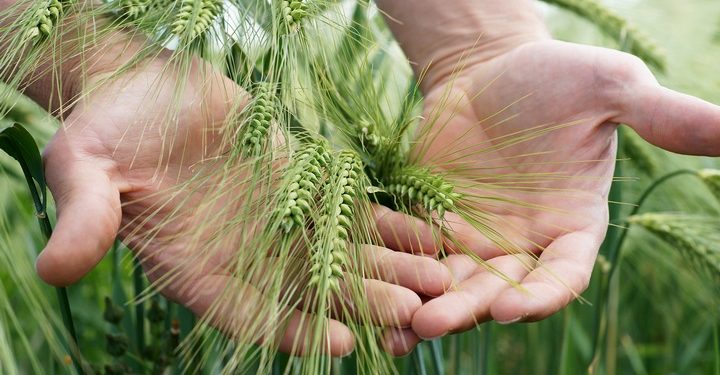
Whether you want to plant some in your garden or to start a grain farm, you will see that growing grains is not that difficult. If you already own a farm that grows different types of vegetables, you could start growing grains as a rotation crop to allow your fields to rest.
There are different reasons why growing grains could make sense to you. However, if this is your first time, you need to research to ensure you are doing it right. Here are nine tips for growing grains that will help if you are a beginner.
Tip #1: Know the types of grains you want to grow
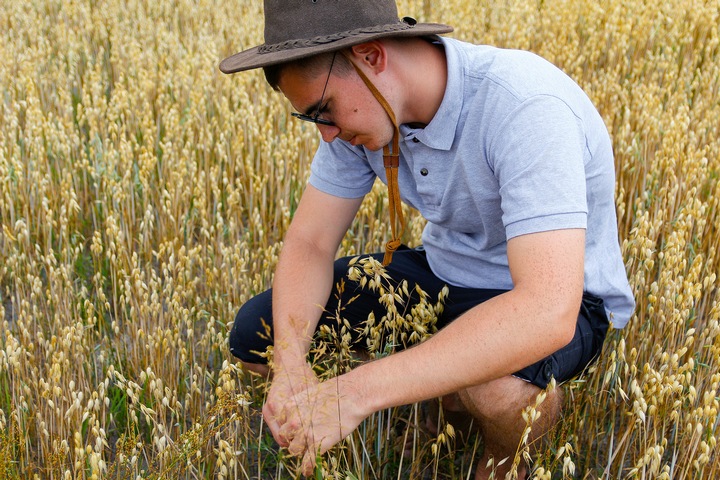
Are you interested in growing grains like wheat, oats, rye, corn, or something else? You first need to learn as much as you can about each grain. Research when to plant this grain and how to take care of it as it grows. Choose local varieties of grains as much as possible, as you will be more likely to have a good harvest.
On top of planting the right variety, you need to know the type of soil needed, the right seeding rate, and how much water your field will require. In addition, you should prepare for the best conditions to grow, harvest, and store the grains. Grains need the right moisture, temperature, and climate to grow successfully. Farmers should invest in technology like grain bin temperature monitoring equipment to ensure their harvests are maintained at optimal quality.
Tip #2: Grow the grain as early as you can
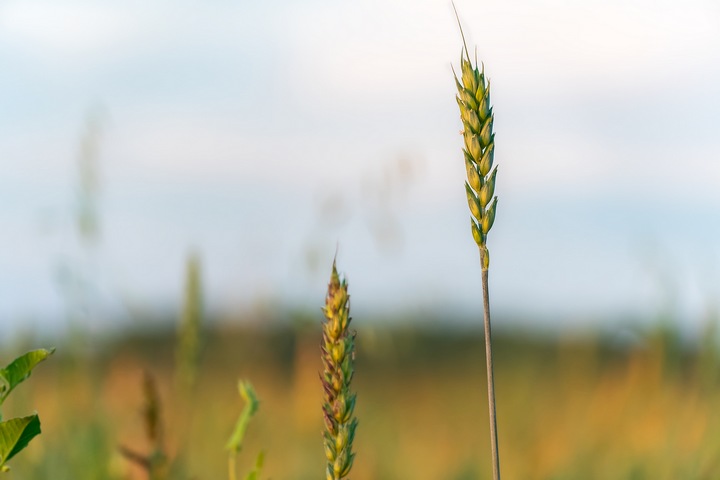
When you have the right grain seeds for your goals, you need to plant them as early as possible, but not so early that they could risk being affected by frost.
Planting early will give your grains plenty of time to grow and mature, but it can also help prevent bird attacks. Some birds will eat the grains while they are in their early growth stages, while others will be interested in them when they reach maturity.
You could look for ways to keep birds away from your grain fields. But keep in mind that some birds are beneficial to agriculture since they will eat the insects and other pests that cause damage to crops.
Tip #3: Learn the difference between spring & winter grains

Depending on the climate of the area where you live, you will have to choose between planting a spring variety of grain or a winter variety. Spring grains are planted in the spring and harvested when autumn comes.
As for winter grains, they should be planted in autumn and harvested during the next spring.
Tip #4: Consider the benefits of growing grains as a nurse crop

Grains can be used as a nurse crop to grow alfalfa or clover in a field. Since the grains will grow faster than your other crop, they will protect it from excessive sunlight, control weeds, and prevent soil erosion.
And when you are ready to harvest your grains, your other crop will be well-established and benefit from having more space and more sunlight.
Tip #5: Plan for some crop rotation
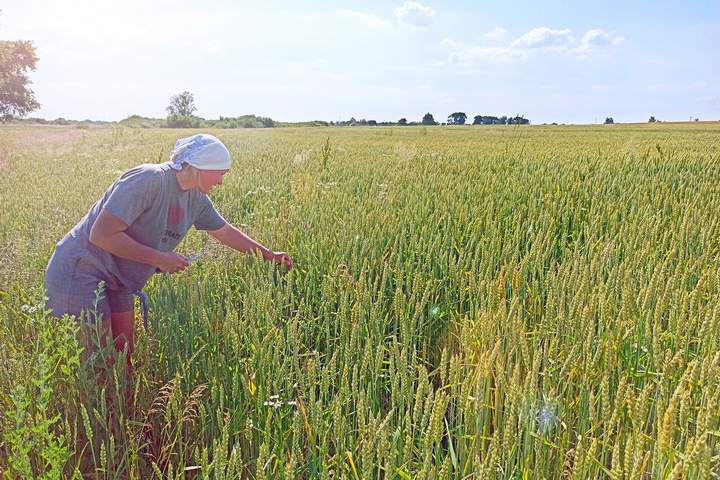
As previously mentioned, growing grains is a good idea if you are interested in crop rotation. You will need to plan a series of different crops on the same field, year after year, and these could depend on your budget or your needs.
Crop rotation has different benefits, such as improving soil fertility, improving the soil structure, preventing erosion, reducing land and water pollution, controlling pest infestations, and increasing crop yields.
Tip #6: Plant on well-drained fertile soils
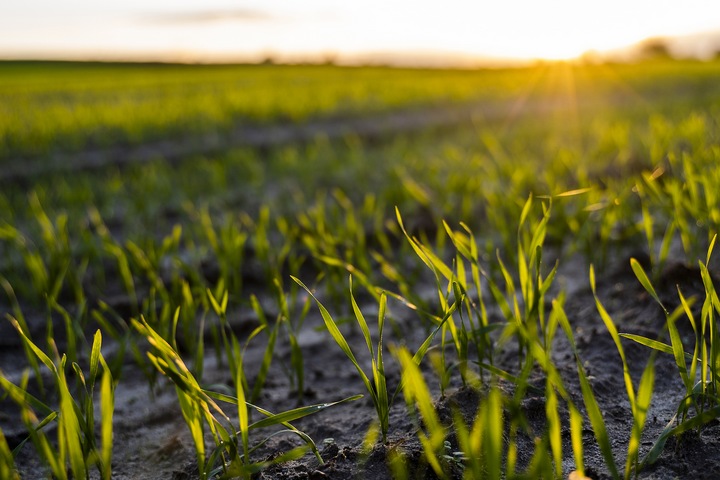
Although grains can do well in poor soil conditions, they will thrive in well-drained, fertile soils. If you want to increase your odds of having a great crop, you should check the pH of your soil before planting and prepare your land properly.
Tip #7: Avoid planting on soils that are too wet
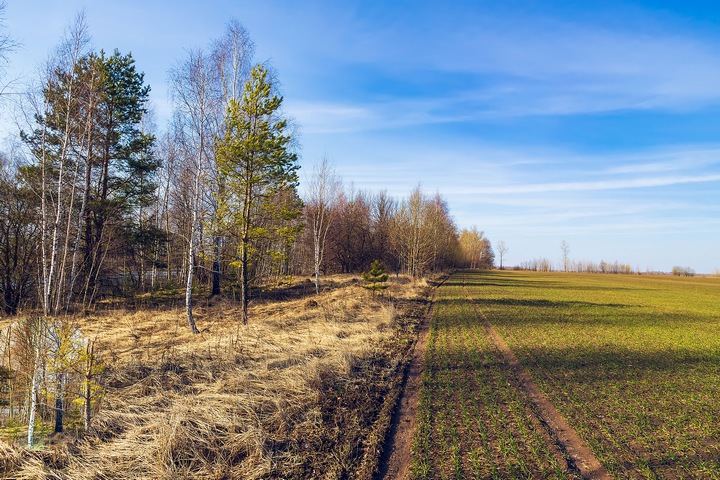
Generally speaking, grains don’t like soils that are too wet. Be sure to not overwater them as they grow, and above all, don’t plant them on land that is susceptible to flooding.
A land frequently affected by drought is not a better option unless you know that the drought will likely come when it’s time to harvest your grains.
Tip #8: Thinning and weeding will help with growing grains
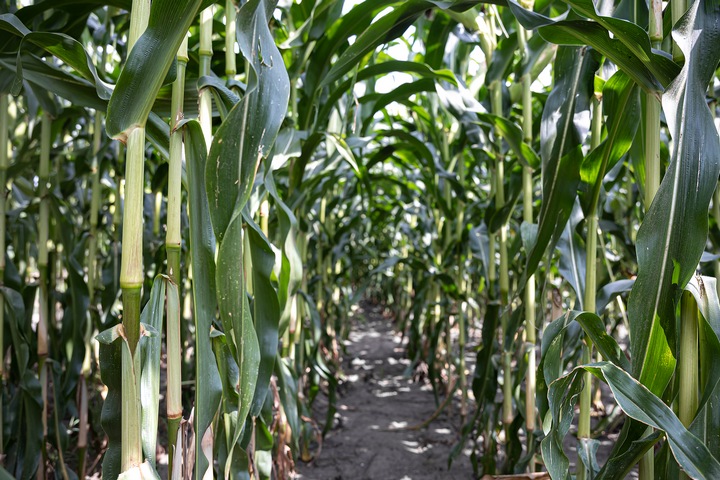
If your grain field is overpopulated, you will need to thin by removing some plants, leaving more space for the remaining ones to grow and thrive.
It will also be important to remove weeds as they grow to prevent them from taking over your grain field.
Tip #9: Don’t wait too long to harvest your grains
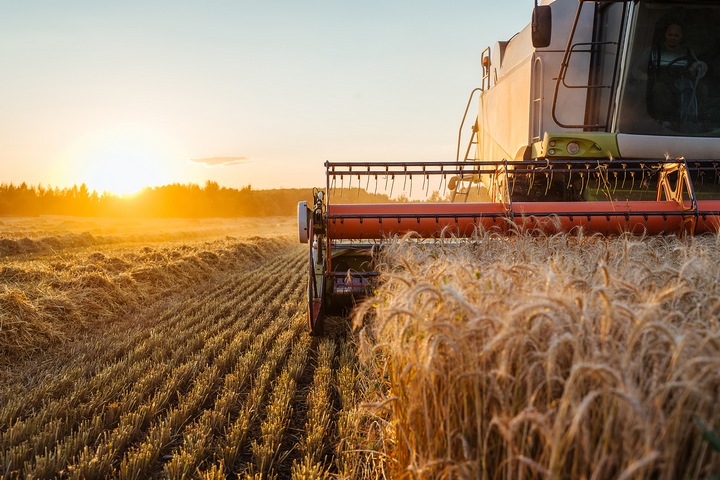
When the plants have reached their maturity, and the leaves have turned yellow, you will need to harvest your grains without delay. If you wait too long, your crop will get damaged by birds, pests, insects, and mould.
Harvest the plant heads as soon as possible, then let them dry and get them ready for threshing and winnowing.


